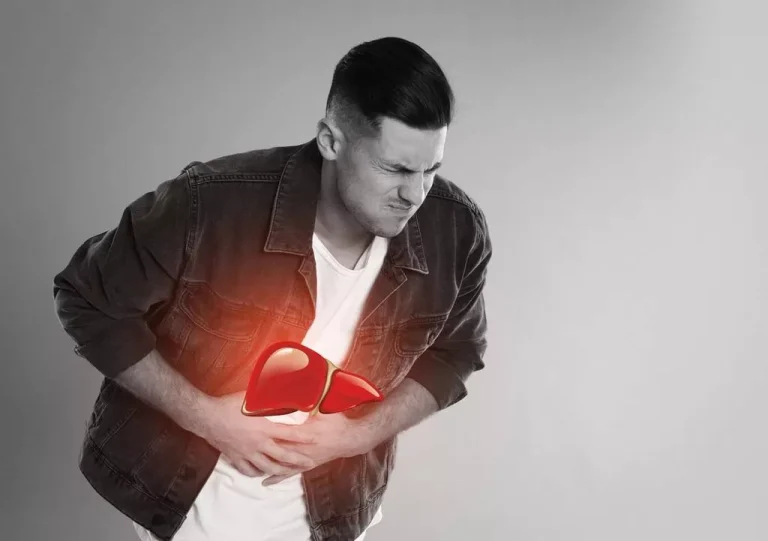
Polydrug abuse, and co-occurring disorders combined with alcohol abuse, increases the risk for addiction and can interfere with treatment measures. Around one-third of young antisocial alcoholics will seek treatment for problematic drinking. This category of alcoholics represents the smallest percentage of alcoholics, with only 9.2 percent. Although this category of individuals generally starts drinking at the of 15, they usually develop alcohol dependence at an intermediate age of around 29 years old.
Brown recluse spider bites

The information we provide is not intended to be a substitute for professional medical advice, diagnosis or treatment. It should not be used in place of the advice of your physician or other qualified healthcare providers. This is the rarest and most dangerous type of alcoholism, making up 9.2% of alcoholics. They begin drinking around age 16 and develop alcohol dependence later, around 29 years of age. This group has the highest rates of drinking, consuming alcohol on an average of almost 248 days a year and binge drinking on 69% of them with a maximum of 15 drinks. They are also young (average age 26 years) and have the earliest age of onset of drinking (average is under 16 years old) and the earliest age of alcohol dependence (average of 18 years).
What are the Five Types of Alcoholism?
Too much alcohol can be toxic to liver cells, causing dehydration and permanent scarring—which ultimately affects the blood flow. With excessive alcohol consumption, this important organ can’t metabolize Vitamin D, which could develop into a deficiency. Some common signs and symptoms of cirrhosis include fatigue, itchy skin, weight loss, nausea, yellow eyes and skin, abdominal pain and swelling or bruising. Therapy and support groups are effective treatment options for those struggling with alcoholism.

We can help you along the path to a healthy, successful, and stable life.
- Immune systemDrinking too much can weaken your immune system, making your body a much easier target for disease.
- Soju is a Korean spirit similar to vodka and is usually around 20% alcohol.
- Given the different presentations of alcohol addiction, researchers have classified alcohol addiction types.
- Nearly 32 percent of alcoholics fall into the young adult category, making it the most prevalent subtype in the U.S.
- Many young adult alcoholics are likely college students who are away from home for the first time, and who are surrounded by a culture that promotes and encourages excessive social drinking.
- They tend to drink less frequently than people of other types (an average of 143 days a year).
Discover the life-changing benefits of Acceptance and Commitment Therapy (ACT) for mental health. Researchers have identified specific genes that may contribute to the development of alcoholism. For example, variations in the genes that regulate dopamine levels in the brain may increase an individual’s susceptibility to addiction. Additionally, certain genetic mutations can affect how quickly the body metabolizes alcohol, which can impact an individual’s likelihood of becoming addicted. The affects can range from dementia and intellectual functioning to debilitating conditions that require long-term care, even if a person has been sober for a period of time.
Ways to Treat Risk Factors of Alcoholism
Individuals in this group are about 38 years old and initially started drinking around the age of 16. However, for this group, alcohol dependence typically develops at around 29 years old. This research helped scientists identify several different types of alcoholics. Understanding these categories provides more insight into alcohol addiction and the effective treatment options for people suffering from alcohol use disorder (AUD). Cirrhosis of the liverOur liver filters out harmful substances, cleans our blood, stores energy and aids in digestion.
- For example, tiny biting midges may cause very small bites with temporary symptoms that last just a few minutes, he explains.
- They typically come from families with low rates of alcoholism and they are unlikely to suffer from co-occurring mental health conditions.
- The good news is they’re more likely to seek treatment than those in other groups at 66%.
- The alcohol content of each drink is determined by the amount of pure ethanol per 100 mL or 3.4 oz.
- It allows you to focus on recovery in an environment free from triggers and distractions.
Therapy can help individuals identify the underlying issues that may be contributing to their addiction and develop coping strategies to manage cravings and triggers. Cognitive-behavioral therapy (CBT) is a common type of therapy used in treating alcoholism, as it helps individuals change negative thought patterns and behaviors. Children of alcoholics may suffer from neglect or abuse due to their parent’s drinking habits. They may struggle with anxiety, depression, or other mental health issues as a result of growing up in a dysfunctional household. Additionally, alcoholism can strain relationships between spouses or partners, leading to divorce or separation.

Functional Alcoholics
And 47% of the members of this group exhibit antisocial personality disorder, the second highest rate of any subtype. This subtype is the most likely of any to experience major depression, dysthymia, bipolar disorder, generalized anxiety disorder, social phobia, and panic disorder. This group also is very likely to experience addiction to cigarettes, marijuana, cocaine, and opioids. Many people who fall into the young antisocial alcoholic subtype suffer from other mental health disorders as well, such as bipolar disorder, anxiety disorders, or depression. As many as three-fourths of this subset also smoke marijuana and/or cigarettes, and many also struggle with opioid or cocaine addictions as well.
The Binge Drinker

While the condition might not develop for several years in some people, it might take only a few months for others. People in the latter category are often genetically 5 types of alcoholics predisposed to alcohol use disorder. “The Diagnostic and Statistical Manual of Mental Disorders” provides diagnostic criteria for identifying alcohol use disorder.
Young adult alcoholics also have low rates of co-occurring substance abuse and mental disorders and low rates of family alcoholism. According to the study, they have five or more alcoholic beverages on 73% of the days that they drink. More than half of young antisocial alcoholics have a family history of alcoholism, and around half also struggle with antisocial personality disorder. When a person suffers from a co-occurring mental health disorder, the risk for also developing alcoholism or problems with substance abuse are elevated. Many have been diagnosed with antisocial personality disorder and other mental illnesses, including major depression, bipolar disorder, anxiety disorders, social phobias and panic disorder.
